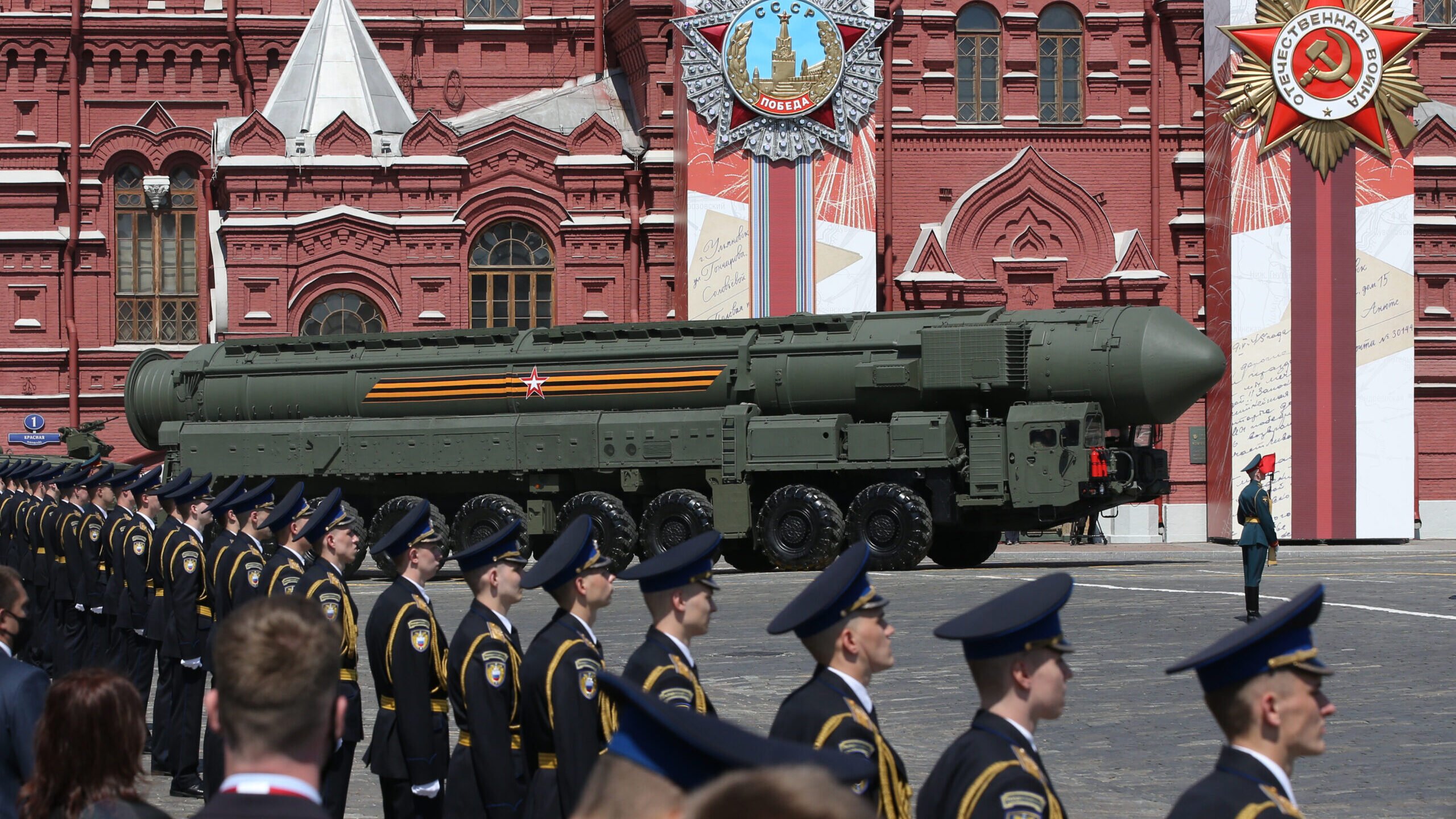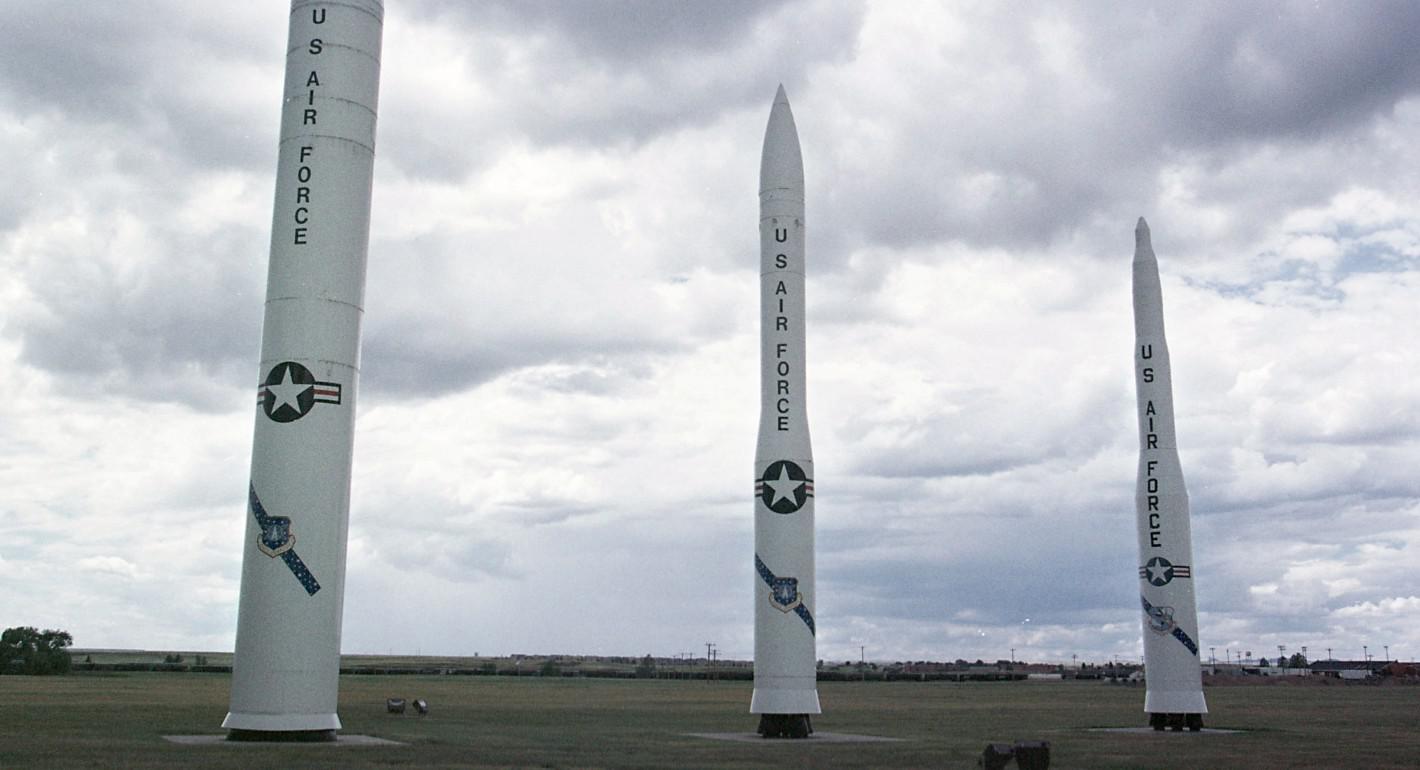Forest Green
ACCESS: Above Top Secret
- Joined
- 11 June 2019
- Messages
- 9,508
- Reaction score
- 17,401
Yes, hopefully it will be MM3 base width all the way up, which should provide enough space to carry 4 W88-sized MaRVs or 1 HGV.I'm hoping for four warheads as well; the artist rendering they've released show much less taper than MM3.
New START will expire Feb 2026 before Sentinel enters service. There is no mechanism to renew it and I think it will be the last strategic arms reduction treaty to exist for a long time given that any future agreement would likely have to involve China, which will complicate things at best and seems more likely to just be a non starter.
Yes, nuclear agreements are pointless if they don't include China, and given how close China and Russia are, or can be, it's unlikely that a 3-way equal agreement would be wise.
Last edited:


